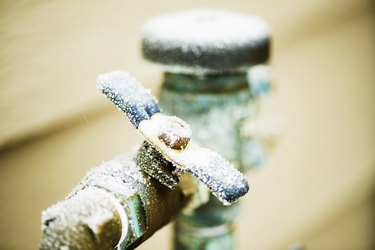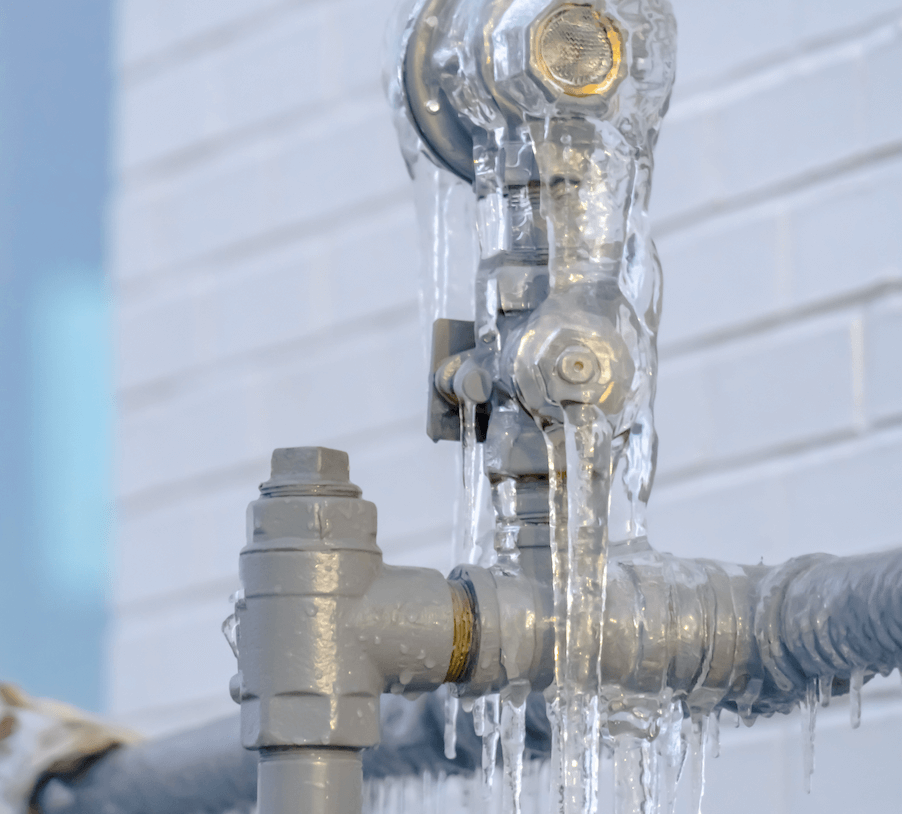Nearly everybody seems to have their unique thinking about Prevent Frozen Pipes .

Cold weather can ruin your pipes, especially by freezing pipes. Below's how to prevent it from happening and what to do if it does.
Intro
As temperatures decrease, the risk of icy pipelines rises, potentially leading to costly repair services and water damages. Comprehending just how to avoid frozen pipelines is important for property owners in chilly environments.
Recognizing Frozen Pipelines
What causes pipelines to freeze?
Pipes ice up when exposed to temperature levels below 32 ° F (0 ° C) for prolonged durations. As water inside the pipes ices up, it broadens, taxing the pipe walls and potentially creating them to burst.
Risks and damages
Icy pipelines can result in water system interruptions, residential or commercial property damage, and expensive fixings. Ruptured pipelines can flooding homes and create extensive structural damage.
Indications of Frozen Water Lines
Recognizing frozen pipes early can prevent them from bursting.
How to identify icy pipes
Look for lowered water flow from faucets, uncommon odors or noises from pipelines, and noticeable frost on subjected pipelines.
Avoidance Tips
Protecting at risk pipelines
Wrap pipes in insulation sleeves or use warmth tape to shield them from freezing temperature levels. Focus on pipelines in unheated or exterior locations of the home.
Heating strategies
Maintain interior rooms sufficiently heated up, specifically locations with plumbing. Open cabinet doors to permit cozy air to circulate around pipes under sinks.
Safeguarding Outdoor Plumbing
Yard hose pipes and exterior taps
Disconnect and drain garden pipes before winter months. Set up frost-proof spigots or cover outside taps with insulated caps.
What to Do If Your Pipes Freeze
Immediate activities to take
If you believe icy pipes, keep taps open to eliminate pressure as the ice melts. Utilize a hairdryer or towels taken in warm water to thaw pipelines slowly.
Long-Term Solutions
Architectural adjustments
Consider rerouting pipes away from outside walls or unheated areas. Include added insulation to attics, basements, and crawl spaces.
Updating insulation
Purchase premium insulation for pipes, attics, and walls. Correct insulation aids keep constant temperatures and lowers the risk of frozen pipelines.
Final thought
Avoiding icy pipes calls for proactive actions and fast responses. By recognizing the reasons, signs, and preventive measures, property owners can shield their pipes during winter.
6 Proven Ways to Prevent Frozen Pipes and Protect Your Home
Disconnect and Drain Garden Hoses
Before winter arrives, start by disconnecting your garden hoses and draining any remaining water. Close the shut-off valves that supply outdoor hose bibs and leave the outdoor faucet open to allow any residual water to drain. For extra protection, consider using faucet covers throughout the colder months. It’s also important to drain water from any sprinkler supply lines following the manufacturer’s directions.
Insulate Exposed Pipes
Insulating your pipes is an effective way to prevent freezing. Pipe insulation is readily available at home improvement stores and is relatively inexpensive. Pay close attention to pipes in unheated areas such as the attic, basement, crawl spaces, or garage. Apply foam insulation generously to create a buffer against the cold. You can also wrap your pipes in heat tape or thermostat-controlled heat cables for added warmth.
Seal Air Leaks
Inspect your home for any cracks or openings that could let in cold air. Seal any holes around the piping in interior or exterior walls, as well as the sill plates where your home rests on its foundation. Additionally, make sure to keep your garage door closed unless you’re entering or exiting. Leaving it open creates a significant air leak that can lead to frozen pipes.
Allow Warm Air Circulation
During cold snaps, it’s essential to allow warm air to circulate evenly throughout your home. Leave interior doors ajar to promote better airflow. Open kitchen and bathroom cabinets to help distribute heat consistently around the rooms. If you have small children or pets, be sure to remove any household chemicals or potentially harmful cleaners from open cabinets for safety.
Let Faucets Drip
A small trickle of water can make a big difference in preventing ice formation inside your pipes. When temperatures drop significantly, start a drip of water from all faucets served by exposed pipes. This continuous flow helps prevent the water from freezing. Additionally, running a few faucets slightly can relieve pressure inside the pipes, reducing the chances of a rupture if the water inside does freeze.
https://choateshvac.com/6-proven-ways-to-prevent-frozen-pipes-and-protect-your-home/

As an avid reader on Winter Plumbing Precautions: Preventing Frozen Pipes, I was thinking sharing that piece of content was a good idea. So long as you appreciated our blog entry plz consider to share it. We recognize the value of reading our article about Preventing and dealing with frozen pipes.
Suggested Site